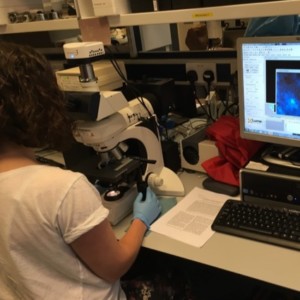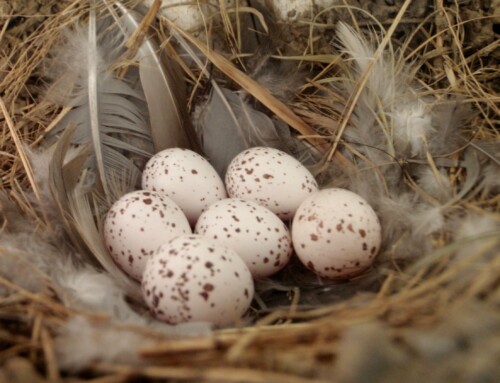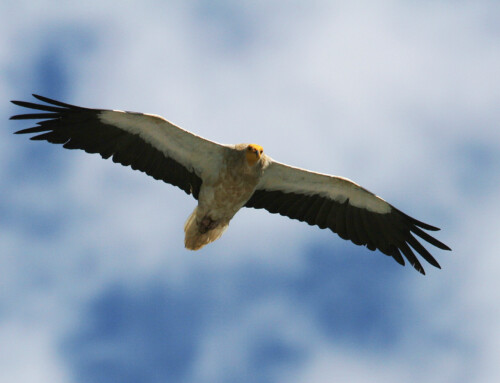The implications of egg failure for threatened bird species
Nicola Hemmings and the
Department of Animal and Plant Sciences @SheffieldAPS
University of Sheffield, UK
The avian egg is a remarkable feat of natural engineering. From its protective outer shell, to its nutrient-rich yolk, this self-contained vessel has allowed birds to reproduce in virtually all terrestrial habitats. However, despite possessing a suite of adaptations to ensure the survival of the developing embryo, eggs often fail to hatch – particularly in threatened species.

In the next #ORNITHOLODAY, Dr Nicola Hemmings and her team will discuss why eggs fail and the implications this can have for threatened bird populations. In addition to dozens of interesting egg facts, there will be a chance to learn first-hand how to dissect and examine unhatched eggs, with live tweets direct from Nicola’s lab at the University of Sheffield.
Nicola will be tweeting about this topic between 0800 – 1500 UTC.
Several members of Nicola’s research group and collaborators with be contributing to this #ORNITHOLODAY, including Fay Morland (@SheffieldAPS University of Sheffield), Duncan Jackson (@SheffieldAPS University of Sheffield), Ashleigh Marshall (Institute of Zoology @ZSLscience), Dr Patricia Brekke (Institute of Zoology @ZSLscience) and collaborators at @RSPBscience</a, @WWTWelney and @ProjectGodwit.
Follow the team:
Nicola Hemmings @HemmingsNicola1 | @SheffieldAPS
Fay Morland @fay_morland | @SheffieldAPS
Ashleigh Marshall @Belfast_Ash9 | @London_NERC_DTP
Patricia Brekke @kikaB8 | @ZSLscience
Image credits
All © Nicola Hemings/University of Sheffield




